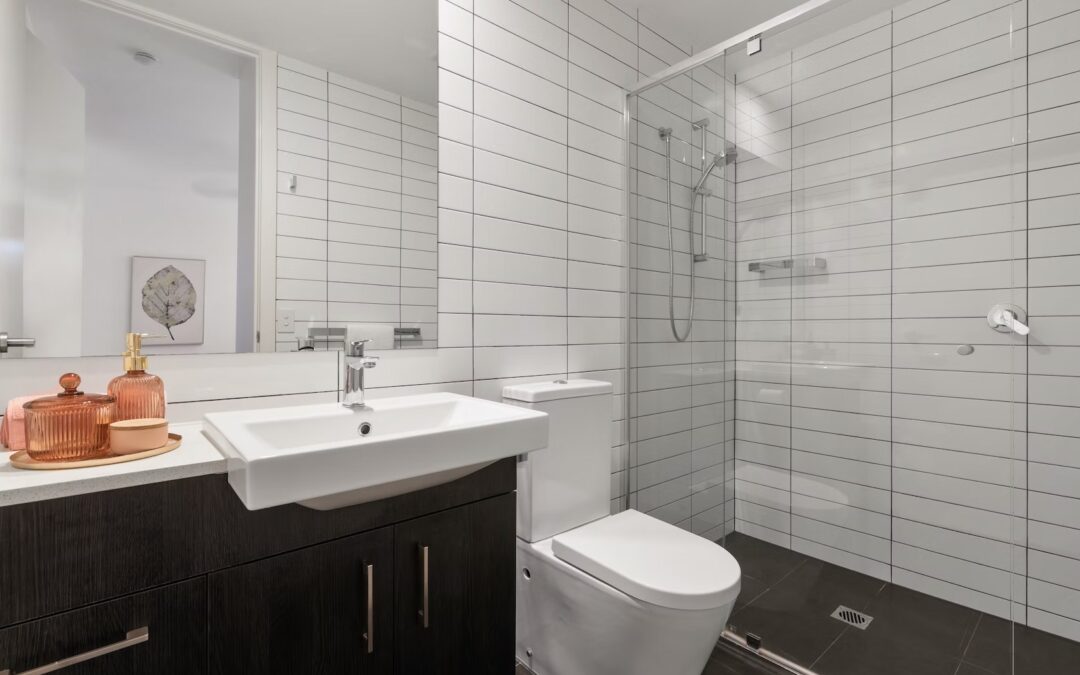It is easy to assume that any item can go down the toilet when flushing it. It isn’t true. Flushing items that are not flushable can cause clogs in pipes, sewage backups and expensive repairs. How can you tell what items are flushable with your toilet. We’ll be covering this topic in detail and giving you some tips to avoid costly plumbing issues.
First, you need to be aware of what shouldn’t go down the toilet. These items include diapers and sanitary pads, tampons cotton swabs dental floss condoms condoms wipes, paper towels, medications, and cotton swabs. Products that are advertised as being “flushable”, can also cause problems. They often don’t break down properly, can build up in pipes and cause blockages.
What waste can you flush down the bathroom? To flush the toilet, only human waste and toilet paper are allowed. Toxic materials such as urine and feces are human waste. Toilet paper should be kept to a minimum. Noting that some toilet paper types, such as the ultra-thin or thick, may not be as easy to break down and can lead to blockages, is also important.
If in doubt about whether an item can be flushed, you should take it to the dump. Check the packaging to verify that the item is flushable. Keep in mind, however, that these labels can be inaccurate and not regulated.
A “do-not flush” list is another helpful tool that can help you determine what flushable with your toilet. It’s provided by your local sewage treatment facility. This list contains items that should not go in the toilet, and also items that you can flush. This information can be found on the website for your local sewage treatment plants or by calling them directly.
You don’t have to use the “do-not flush” list. There are other products that can help you decide what flushable items are in your toilet. Toilet dye tablets can be dropped in the bowl of the toilet and will change the color of your water to indicate a leakage or items being flushed.
You should also educate your family members about what can and cannot flush down the toilet. This can prevent accidental flushes and help reduce the possibility of expensive plumbing issues.
To sum it all, knowing what is flushable with your toilet can help prevent costly repairs and clogged pipes. Keep your toilet clean by only flushing human waste and toilet paper. You can also use resources like the “do NOT flush” list or toilet dye tablets to keep your plumbing system in tip-top shape. You can prevent costly plumbing problems by following these steps and ensure your toilet runs smoothly.

